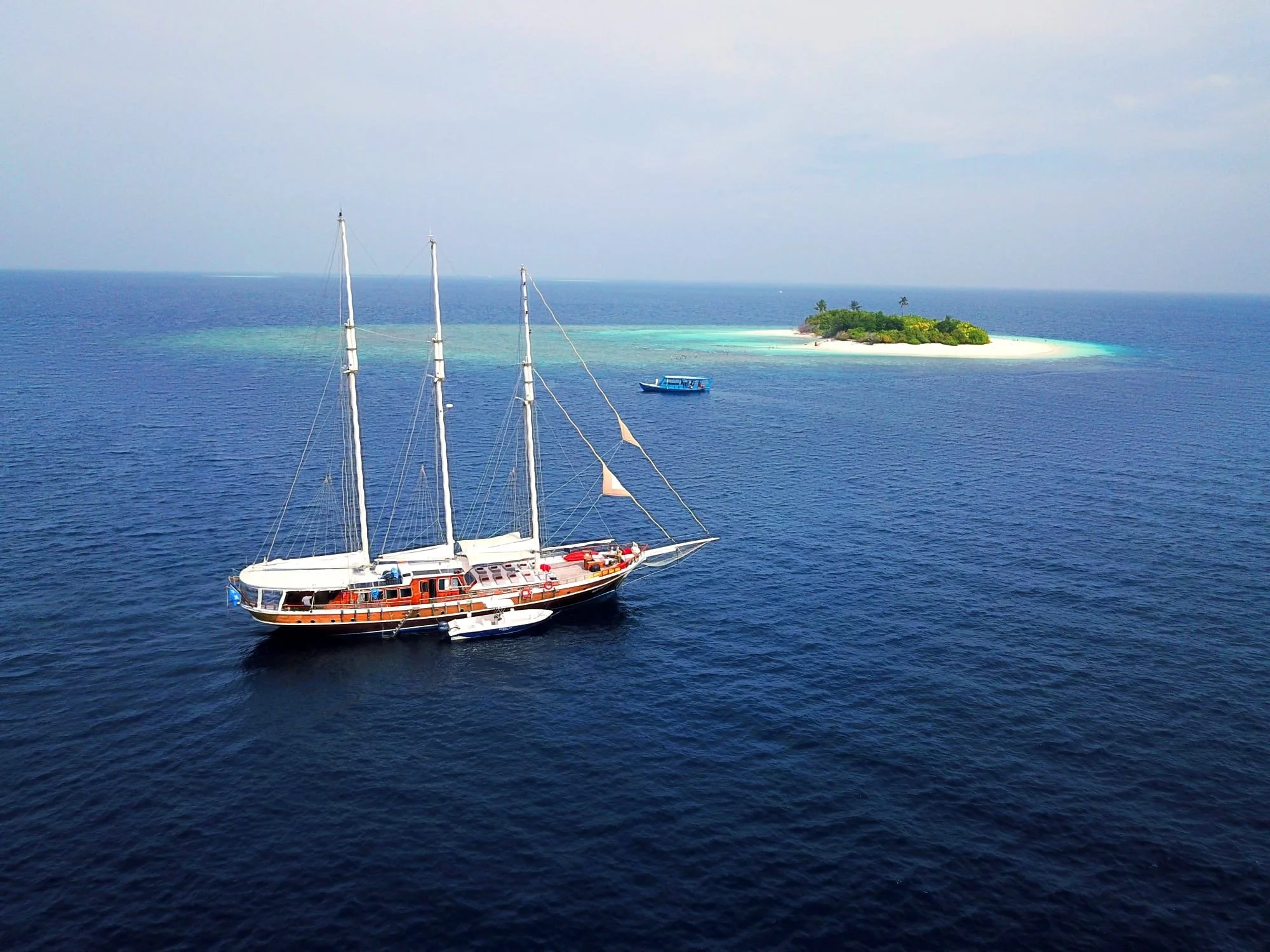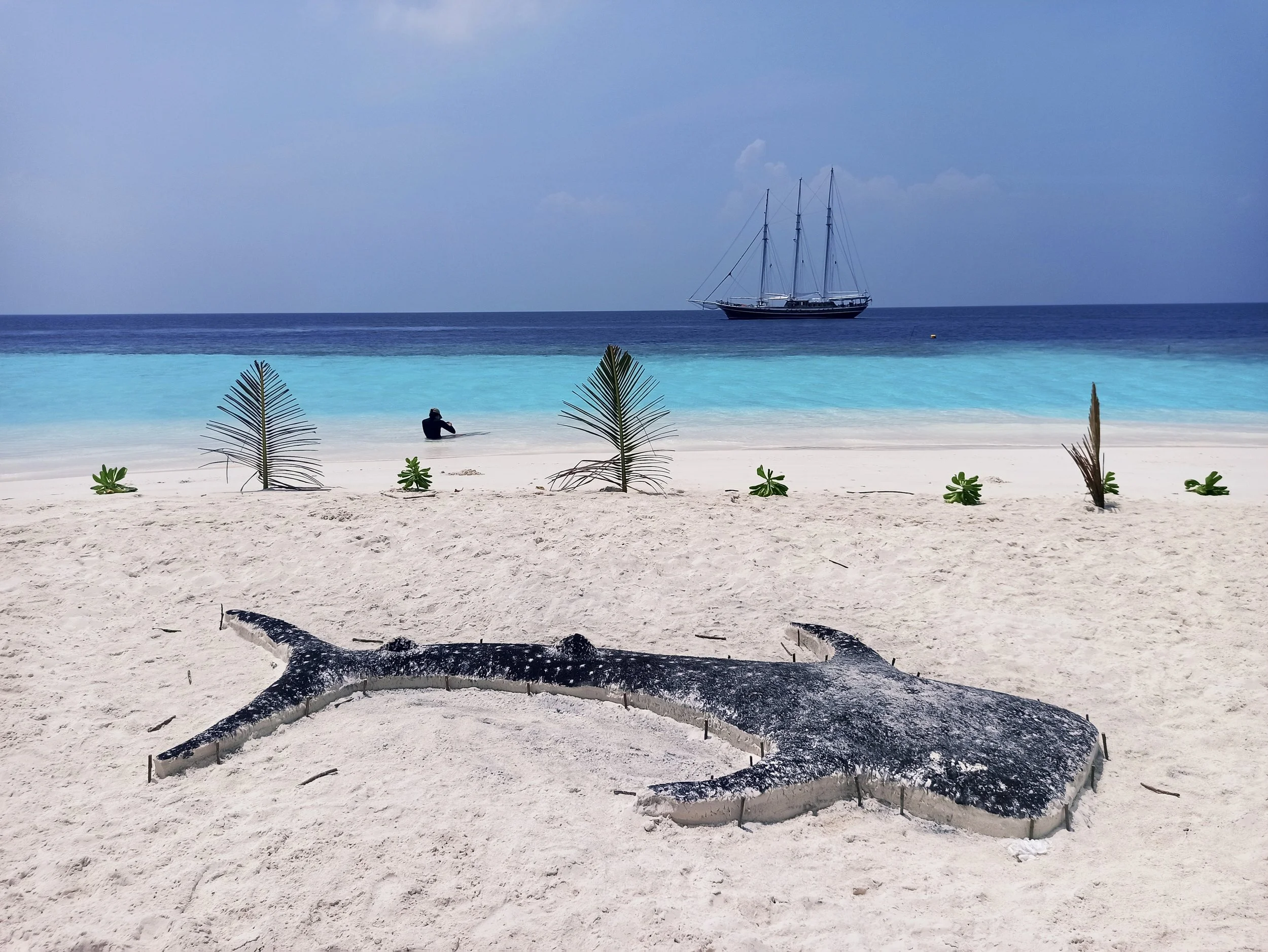
Fun facts about The Maldives
An appropriate name
The name “Maldives” comes from the Sanskrit word mālādvīpa (मालाद्वीप), meaning “garland of islands” — a beautiful reflection of its structure as a chain of islands scattered across the Indian Ocean.
The world’s lowest nation
The Maldives are merely eight feet above sea level at their highest natural point, which is lower than every other country on the planet. The archipelago is protected from monsoon season swells by a natural barrier of coral reefs.
Only a few islands are inhabited
The Maldives is home to around 540.000 people and count over 1,200 islands. However, only less than 200 out of those islands in the archipelago are inhabited.
Money from the sea
For centuries — though the exact period is hard to pinpoint — the Maldives acted as a kind of central bank for Indian Ocean nations that used cowrie shells (Monetaria moneta) as currency. These shells, still featured today on the Maldivian rufiyaa, were once a symbol of trade and prosperity. The arrival of the Portuguese in the 16th century, along with the introduction of metal coins, led to the decline of this practice. Nowadays, the US dollar is widely accepted throughout the islands.
The beaches are made of corals
The pure white sand of The Maldives not only looks attractive but is actually made from coral. Coraline beaches make up only 5% of the world’s beaches, with most beach sand being made of quartz. And one of the surprising “creators” behind this natural wonder? The parrotfish.
These colorful fish, with their distinctive beak-shaped mouths (just like a parrot’s!), feed on coral. The fine white sand of the Maldives is actually made from the undigested coral particles that pass through the parrotfish. A single adult parrotfish can produce up to one ton of sand every year !
Keep an eye out when snorkeling you’ll probably see (and hear) them during your trip !



